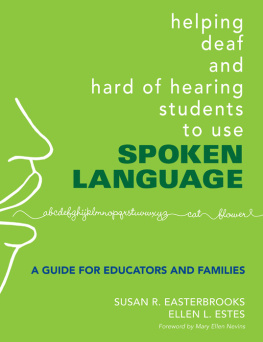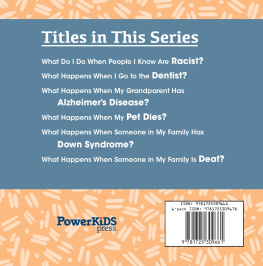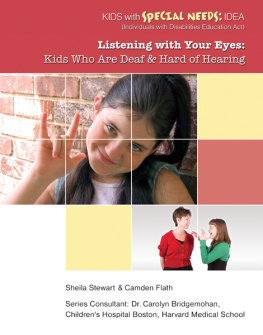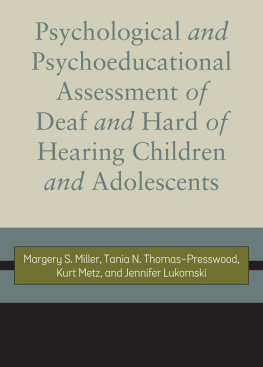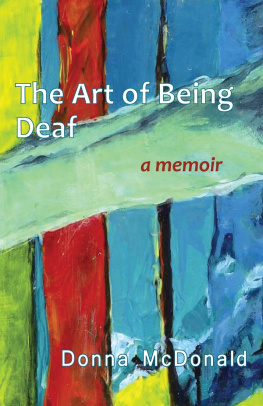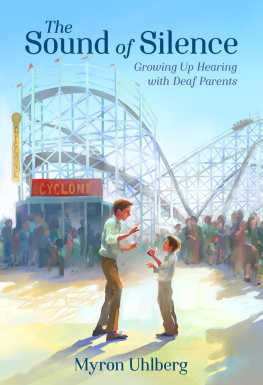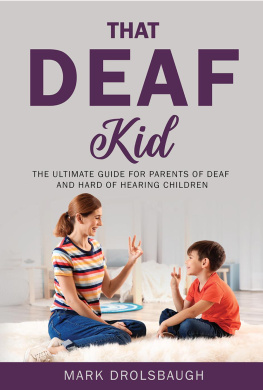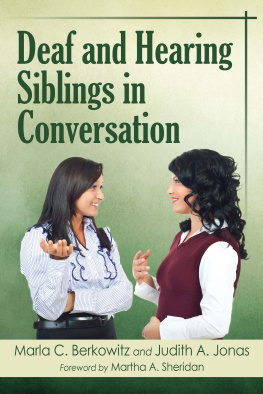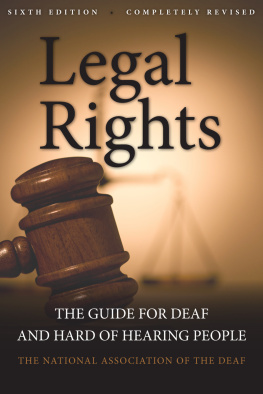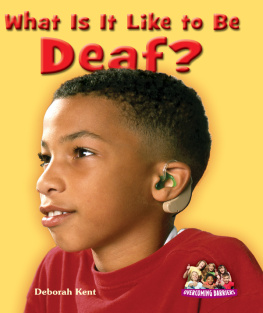Susan R. Easterbrooks - Helping Deaf and Hard of Hearing Students to Use Spoken Language: A Guide for Educators and Families
Here you can read online Susan R. Easterbrooks - Helping Deaf and Hard of Hearing Students to Use Spoken Language: A Guide for Educators and Families full text of the book (entire story) in english for free. Download pdf and epub, get meaning, cover and reviews about this ebook. year: 2007, publisher: SAGE Publications, genre: Children. Description of the work, (preface) as well as reviews are available. Best literature library LitArk.com created for fans of good reading and offers a wide selection of genres:
Romance novel
Science fiction
Adventure
Detective
Science
History
Home and family
Prose
Art
Politics
Computer
Non-fiction
Religion
Business
Children
Humor
Choose a favorite category and find really read worthwhile books. Enjoy immersion in the world of imagination, feel the emotions of the characters or learn something new for yourself, make an fascinating discovery.
- Book:Helping Deaf and Hard of Hearing Students to Use Spoken Language: A Guide for Educators and Families
- Author:
- Publisher:SAGE Publications
- Genre:
- Year:2007
- Rating:5 / 5
- Favourites:Add to favourites
- Your mark:
Helping Deaf and Hard of Hearing Students to Use Spoken Language: A Guide for Educators and Families: summary, description and annotation
We offer to read an annotation, description, summary or preface (depends on what the author of the book "Helping Deaf and Hard of Hearing Students to Use Spoken Language: A Guide for Educators and Families" wrote himself). If you haven't found the necessary information about the book — write in the comments, we will try to find it.
Great for parents or someone who teaches the deaf, is entering the field of audiology, or is unfamiliar with hearing loss.
Roberta Agar-Jacobsen, Teacher of the Deaf, Tacoma Public Schools, WA
The way the many complexities of speech are discussed, explained, and addressed is very reader-friendly, easy to understand, and accessible.
Sherilyn Renner, Teacher of the Deaf and Hard of Hearing, Bozeman Public Schools, MT
I have a student who is hard of hearing: How do I assist the student in speaking?
As a result of IDEA 2004 and NCLB, more and more students with hearing loss are being educated alongside their hearing peers, making teachers and service professionals responsible for helping to fulfill their educational needs. Written by experts in the field, Helping Deaf and Hard of Hearing Students to Use Spoken Language provides educators and novice practitioners with the knowledge and skills in spoken language development to meet the needs of students who are deaf or hard of hearing.
The authors model of auditory, speech, and language development has been used successfully with the deaf and hard of hearing population, in training preservice teachers, and in workshops and presentations for practicing professionals. This essential resource introduces the authors developmental model and addresses:
This authoritative reference gives teachers the confidence to provide students with a well-prepared, intensely stimulating environment to foster the natural emergence of spoken language.
Susan R. Easterbrooks: author's other books
Who wrote Helping Deaf and Hard of Hearing Students to Use Spoken Language: A Guide for Educators and Families? Find out the surname, the name of the author of the book and a list of all author's works by series.

